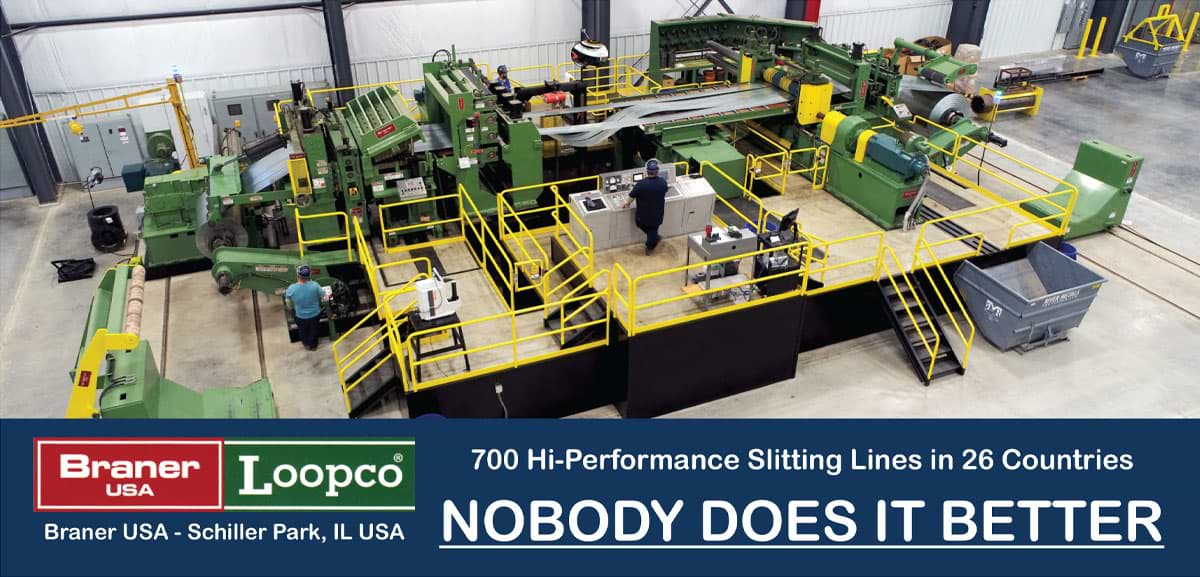rices for both aluminum and steel have decreased steadily during the last 10 years—in the case of aluminum, dropping by nearly half since its 2011 high. Yet, energy and labor costs are on the rise. Energy costs alone can take up over half of a company’s operating budget. To adjust to these challenges, metals companies must either reduce their costs or produce more tonnage.
Another use case involved the coiler rod cropping shear motor. The system detected an increase in motor torque while the machine was running. The maintenance team discovered a loose sensor was causing the problem. They resolved the issue while the machine was still running, avoiding three hours of unplanned downtime.
Within six months, Alcoa had received a full return on investment for its predictive maintenance project. With maintenance costs down across the board, a 10 percent reduction in maintenance crew hours, and a 20 percent reduction in unplanned downtime, Alcoa is preparing to roll the predictive maintenance solution out to the rest of its locations and assets. “We believe that predictive maintenance is a key part of our strategy to evolve, and become a more stable, more profitable organization,” said Árni Páll Einarsson, reliability implementation manager at Alcoa.
Using a model fed by blast furnace data, Liberty Ostrava improved its oversight of the furnace tapping process. Data gathered by the PI System was fed into a Liquid Metal Logistics System model, which made it easier to calculate the burden being placed on the blast furnace and better constrained temperature loss during run time.
“We decreased the losses in temperature, which is very important in metallurgical processes,” said Radim Lužný, head of manufacturing execution systems at Liberty Ostrava. The company sped up its process and boosted production, thereby lowering costs.
The steelmaker also uses a different model to peer inside the hearth and predict the rate of refractory degradation so as to avoid breakouts. Liberty Ostrava found its product quality rose 15 percent after it began using PI System-based models.
Using real-time operational data to improve asset reliability results in both significant savings and increased production. But making effective data use a strategic focus has even broader potential, including improving asset reliability, process productivity, energy and water monitoring and efficiency, quality assurance, KPIs and reporting, and meeting environmental regulations and safety guidelines.
The PI System’s role as an impartial data archive saved Liberty Ostrava over 4 million euros in damages after a plant disaster because the company could prove to the insurance company that all regulations had been followed. Using real-time operational data to improve asset reliability will be a key to overcoming many industrywide challenges in the future.

